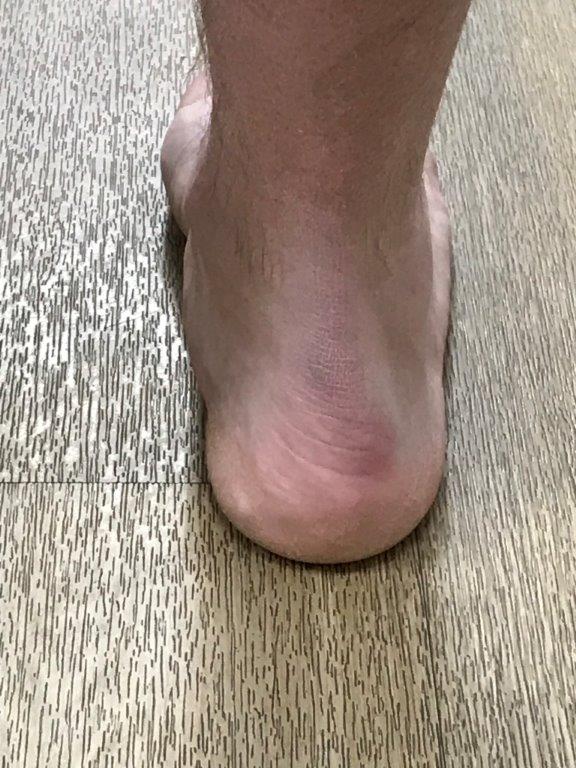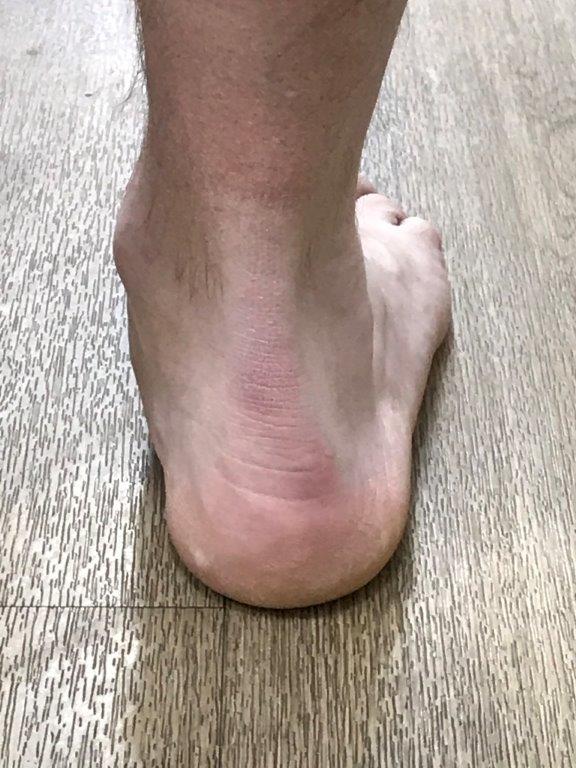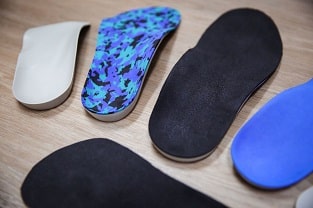Orthotics
Lower limb injury and how Orthotics can help
The term Biomechanics describes the mechanical characteristics of the body and its tissues.
Overuse injuries of bone, joint or soft tissue such as tendon injuries, have a biomechanical component to their development. Poor lower limb biomechanics can markedly predispose an individual to injury.
These inefficient movement patterns can be caused by bony structural anomalies (or how your joints are aligned), and by the strength, timing and control of muscles acting on these bones.


Foot posture integral to healthy gait
For example, a common biomechanical issue seen in the lower limb, is when the foot collapses in too far (excessive pronation) or rolls in at the wrong time during the gait cycle. This drives the leg into a position of excessive internal rotation, and can lead to painful injuries within the foot, ankle, knee or even hip or lower back, due to the subsequent effects on your pelvic stability.
Another example is when the foot rolls out too much (excessive supination), leading to an increase in the likelihood of ankle sprains or peroneal tendon overload injuries.
Poor foot posture is often associated with the development of joint pain and arthritis, or degenerative joint disease in older people. If posture is inefficient, there can be a significant increase in damaging joint cartilage compression forces during sport or even during everyday activities. This may include arthritis within the foot, ankle joint, arthritis on either side of the knee joint or under the knee cap.
It’s critical to address any contributing strength, control and flexibility issues, including any bad habits developed since previous injury.
The specific design shape of the orthotic device aims to harness and apply an oppositional force to unwanted foot motion, hence resting overloaded tissues and assisting our body’s own attempts towards optimal mechanical control.
Orthotics slip into your shoes, and aim to change the way our tissues are stressed during activity, allowing muscles to function more within their optimal range of motion, reduce the intensity or the period of time of the muscular contraction required, or target change around individual joint movement patterns.
Orthotics may be simple off the shelf devices, or when more definitive control is required, the prescription of custom orthotics.


Orthotics and feet
At Adept Podiatry we are experienced at biomechanical examination and gait assessment. We use modern 3D foot scanning technology and work closely with leading manufacturing lab; Footwork Podiatric Laboratory here in Melbourne. This involves state of the art 3D CAD design and milling, or 3D printing to produce truly bespoke lightweight durable devices.
3D orthotics scanning process
Our Podiatrist will ensure that you’re ONLY prescribed orthotics if they’re indicated, and that you are provided the CORRECT devices, only after a thorough biomechanical evaluation is performed and realistic potential outcomes are outlined.
We take thousands of steps per day. Even subtle changes to your gait can prove critical to injury.
Provision of orthotics Camberwell and orthotics Templestowe Lower available by consultation at our respective rooms.
The burgeoning suburb of Camberwell lies 10 kilometres to the east of Melbourne’s central business district. Featuring a growing commercial scene, Camberwell hosts over twenty thousand residents.
Located sixteen kilometres to the south and east of Melbourne, Templestowe Lower is part of the City of Manningham. It hosts a population of nearly 17000 residents.



